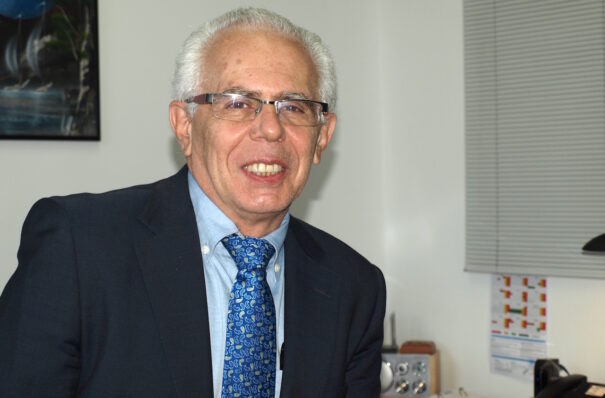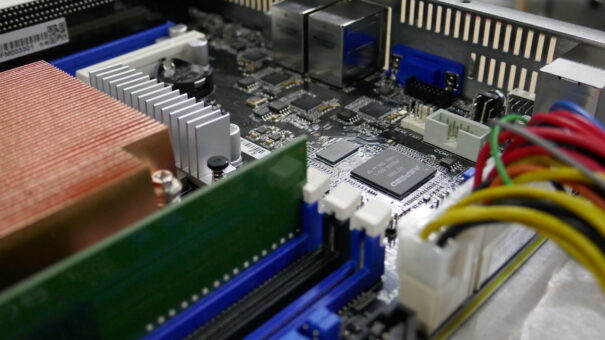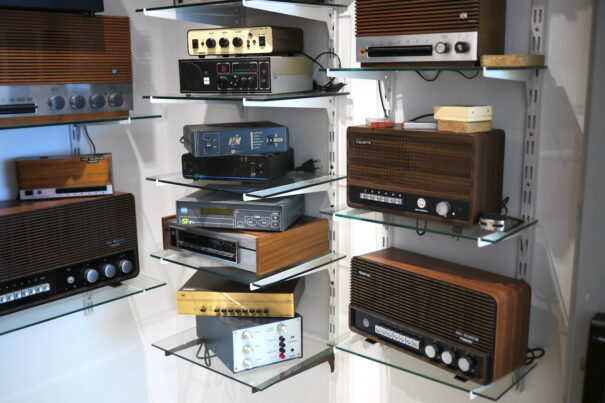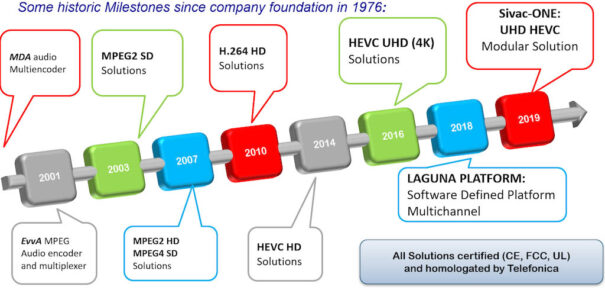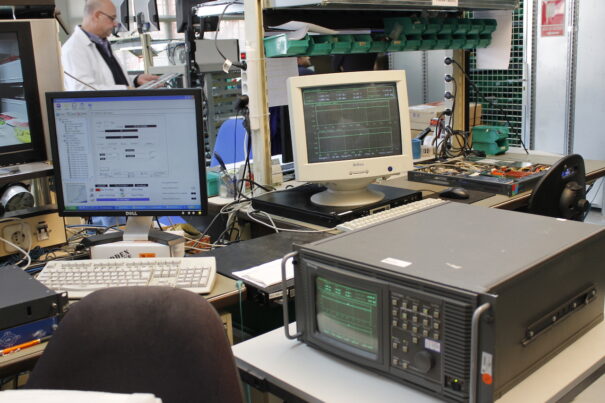Miguel Angel Cristóbal, CEO at Sapec: “We can be proud of these 45 years of history and the trust that our customers place in our solutions.”
Talking about solutions for the transport of television signals with the highest quality is talking about the Spanish company Sapec, which in 2021 celebrates 45 years of life. Its customers include leading telecommunication operators, broadcasters, and video transport service providers worldwide.
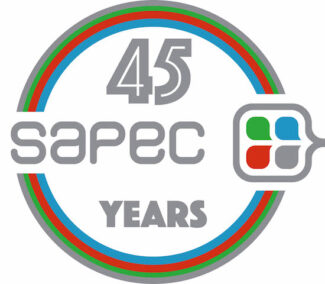 Since mid-2006, Sapec began its international trade expansion, reaching distribution agreements with local companies in each country. It currently has offices in Mexico and Colombia; and has more than twenty distributors around the world, mainly in Latin America where they maintain an active presence with support from local companies.
Since mid-2006, Sapec began its international trade expansion, reaching distribution agreements with local companies in each country. It currently has offices in Mexico and Colombia; and has more than twenty distributors around the world, mainly in Latin America where they maintain an active presence with support from local companies.
Currently, it is the only Spanish company with extensive experience in the world of “video contribution” in professional environments through products developed internally and in competition with big industry corporations.
Sapec’s CEO Miguel Angel Cristóbal, Senior Telecommunications Engineer at the Polytechnic University of Madrid and a reference in the audiovisual market since he began his professional career in Pesa Electrónica, looks back to analyze these 45 years of success while seeing the future with optimism.
Looking back in time, what is your evaluation today of this nearly half-century of history for Sapec?
I think we can say it is a positive balance, it can always be improved, but we are in the front line and we can be proud about everything we have done over the past 45 years. Sapec is obviously 45 old because customers have trusted us throughout history, and still rely on Sapec, for which we are enormously grateful.
The country moved from a dictatorship to a democracy. In the world: borders and geopolitics do not even look like what we studied. Technology has been through several revolutions: digitization, the Internet, mobile phones… Before we were tied to a wire to talk on the phone; we listened to music on a record player, then on the walkman, then on the cd, then on the MP3 and now on the mobile phone; before we had only two TV channels and we saw them all together sitting in the living room and now we can see what we want, whenever we want and wherever we want.
Sapec has tried to adapt to these revolutions as much as possible to become who we are now. I think “a company that doesn’t evolve and adapt to market conditions, disappears.” In that respect, Sapec has kept its place in the market for 45 years, I think it demonstrates his “chameleon” ability to adapt and survive.
How were the beginnings like?
From the beginning I can only speak by references that have been told by the professionals who were here when I arrive twenty years ago.
The company was founded in 1976 to manufacture, install and support the Hilo Musical service (a.k.a piped music or commonly, “Elevator Music”) sold by Telefónica through one of its subsidiaries, Cosesa. Sapec has been manufacturing for more than 25 years all the receivers and central equipment of Hilo Musical that have been used in Spain to receive this 24×7 music service. In those years, not only was the equipment manufactured and installed, but also damaged equipment was repaired or recycled. At the beginning of the century there were still more than 60,000 active clients of this service in Spain.
In the 1980s, Sapec began designing new equipment used for this service. In the 1990s, with the process of digitizing telephony networks, Sapec designed its first audio encoders/compressors for the distribution of the Piped Music over these networks, and in the 2000s supplied the new digital receivers with Internet connection for the same service.
In addition, at the beginning of this century, Sapec designed its first family of Integrated Video and Audio Compressed System (is Spanish SIVAC). These codecs were fortunately a success in that competitive market: they offered the lowest consumption, the smallest dimensions, and the most variety of interfaces on the market at that time.
In this way, SIVAC marked the beginning of today’s history with its evolutions: Xavic, Altum, Avantos, Laguna and the new generation of Sivac-ONE.
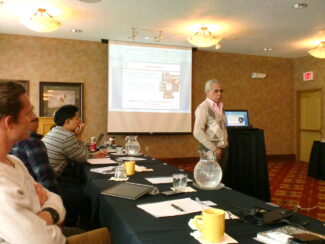 Has the company always been under the same shareholding?
Has the company always been under the same shareholding?
Not quite, the founding partners changed gradually until 2000, when Sapec was acquired by most of today’s partners. This has given it great shareholding stability. These partners are physical persons (not holding companies), from Spain, who invested in Sapec privately and made a strong change in the company’s strategy.
With these partners, one of Sapec’s transformations begins from a single-client, single-product company to a company with two basic components in its DNA: R&D and Internationalization. All the benefits generated by Sapec are permanently reinvested in the development of new products and access to new markets.
Last year, two of these partners retired and their shares were acquired by the company’s executives, so that now, just over 25% is held by Sapec’s management.
As a Spanish company, is the R&D effort without strong public support a titanic task?
Undoubtedly, R&D is part of our idiosyncrasy and is totally embedded in our strategy. Sapec spends between 18 and 25% of its turnover on R&D investment. And if we could, we’d invest even more. Because on the team there are great generators of new ideas, products, and solutions, but unfortunately, we cannot address all the ideas, and many have to be put in standby.
Sapec, which is labeled an “Innovative Small/Medium Enterprise” by the Ministry of Science, has more than 40% of the staff dedicated to R&D, and at times 60%. The whole company participates in one way or another in R&D: commercially detecting customer needs, operations suggesting improvements in processes and verifying new products, etc…
Sapec has participated in both national and European R&D support programs. Since the time of the MINER program in the 1990s, to the AESSDs of the past decade, through CDTI-funded projects, and participating in European Eureka, ITEA or Catrene projects…
But it is true that these programs are based on economical support with a strong proportion of Credits that must be returned to the administration. This creates two problems in the small business: On the one hand, to receive the credit advance guarantees are needed, which are difficult to obtain from the banking sector and in many cases force the partners themselves to guarantee their assets. On the other hand, let us not forget that we are talking about R&D projects to generate new products to market, which always carries a risk factor. When the funded project is accompanied by commercial success, there is no problem and resources are generated. But when the R&D project is not accompanied by this commercial success, the repayment of appropriations is a greater effort for SMEs.
For example, we all remember the years where 3D television solutions were researched and developed, where in the end there has been no market and Sapec invested more than 3 years in a European project.
Some problems with R&D tax breaks are also being seen in recent years, where despite obtaining binding reports, discrepancies are occurring between the report and the opinions of the inspection and the evaluators.
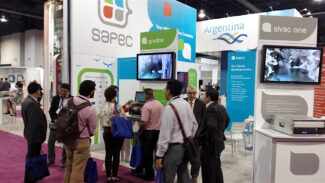 In a highly competitive international market, what differential value does Sapec bring against other manufacturers in the market?
In a highly competitive international market, what differential value does Sapec bring against other manufacturers in the market?
Perhaps that question should be asked to our customers, and prospects. In today’s world the differences in product features are smaller every day and I think a company like ours should provide an added value and differentiation in other aspects.
As a company, I believe that one of our differentiation is the proximity and accompaniment to the customer. Sapec has always been characterized by a high quality the service support by the customers, not only in our products, but also in the whole solution where Sapec product fits. We often say that the client is just a simple call away from talking to the product designer.
It should also be noted that in Sapec we focus on an specific type of products, so for the sake of all Sapec workers we must do our best, because if we are wrong, we will not be able to bring the bread to our children’s table at night.
How has the evolution of coding standards evolved with the years?
We could say that in recent years, this evolution has been metheoric. If memory does not fail me, the MPEG2 standard (ITU-H262) facilitated digital television to be introduced in 1993-95. Then came MPEG4/AVC (ITU-H264) which helped the development of HDTV, and IPTV (released in 2005-06). In 2013-14 the HEVC standard (ITU H-265) was published. And when the market has not yet developed in full HEVC, a new VVC (ITU-H266) was published last year. All this, regardless of other encoding formats that have looming up as AV1 by the AOM (Alliance for Open Media).
If we consider that the goal of each new standard is to reduce the bitrate to 50% while maintaining video quality, we can get an idea of the evolution.
That is in the video, but if you see the evolution of audio from stereo sound to current sound by objects and immersive, we can also be amazed.
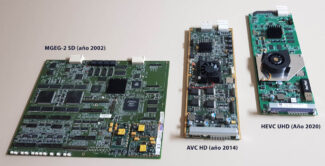 During these years, how has Sapec accompanied this technological evolution?
During these years, how has Sapec accompanied this technological evolution?
Sapec arrived in the MPEG2 market in 2001-2002, and in the rest of the technologies has been very present since its publications presenting in 2008 Altum for H264 in HD, Avantos for HEVC in HD in 2015 and in 2018, Sivac-ONE for UHD.
In addition, our solutions are completely agnostic in terms of digital television standards: DVB-T/T2, ISDB-T and ATSC.
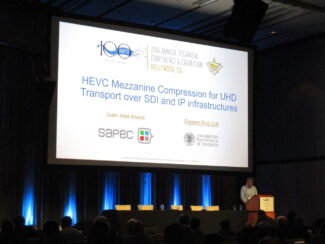 How has Sapec contributed to the development of coding techniques over the past few decades?
How has Sapec contributed to the development of coding techniques over the past few decades?
Sapec has collaborated very intensively with different Universities in Spain: UPM, University of Cantabria, URJC, Polytechnic University of Valencia, through which papers have been presented to different technical journals and congresses.
For example, we are very proud that the SMPTE has selected for 4 years in a row the papers we present (the university and Sapec) and that it has allowed us to present them at its annual congress held in Los Angeles (USA). Subsequently these papers have been published in the SMPTE journal.
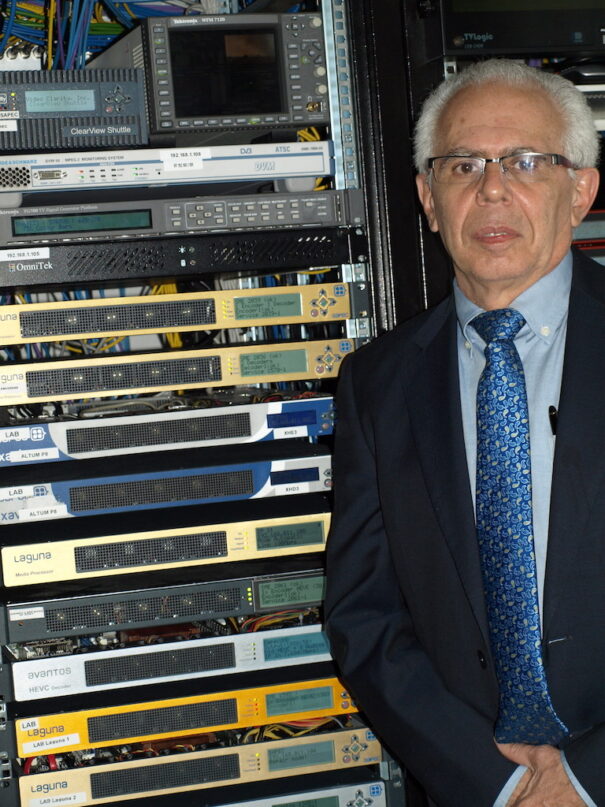 In a picture, how is Sapec’s portfolio articulated?
In a picture, how is Sapec’s portfolio articulated?
We have two solutions that evolve and generate new products within your family: one oriented to the transport of HD signals, and with great versatility: Laguna; and the other oriented to UHD transport and modularity: Sivac-ONE.
As for Laguna, it is a HW platform adapted for professional broadcast environments where functionality is defined by SW. The same platform may be encoding today and tomorrow decoding multiple channels. Transmit or receive over IP with FEC or over SRT each channel. As we say internally it is a platform of “Software Defined Functionality”. It is a very versatile platform that allows in only 1RU to process up to 8 TV programs: some can be encoders, other decoders, it can include multiplexing of programs, outputs, or inputs by IP, use SRT for transport, insert logos, do UP/Down conversion, etc. And all this defined by what we call “layouts”. The same platform can have multiple layouts and the client can define which one they want to use at any given time.
Regarding Sivac-ONE, it is an HW-based platform (FPGAs) oriented to transport UHD signals with HEVC compression. In just 1RU we can mount up to 3 platforms allowing us to encode up to 3 UHD channels, with a consumption per UHD channel below 25W and very low latency. Being a modular system allows to replace any module “Hot”, which increases the reliability of the system. Obviously, the same platform could encode 4 HD/FHD channels in HEVC which will allow us to have up to 12 HD/FHD channels in just 1RU.
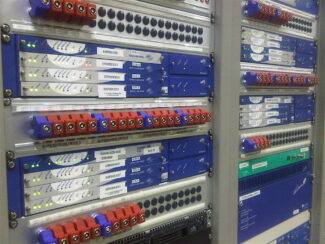 In addition to a wide range of self-development solutions, sapec has introduced third-party solutions to the market in recent years, how are these agreements configured and what synergies do they allow?
In addition to a wide range of self-development solutions, sapec has introduced third-party solutions to the market in recent years, how are these agreements configured and what synergies do they allow?
It is true. Years ago we realized that many times customers were looking for a complete solution to their need. And we started collaborating with some companies that offered complementary solutions to ours and that were part of customers’ video transport scenarios.
This way, we started working with companies such as Nevion, Sencore, Wellav, VideoClarity, VideoFlow, APT-Worldcast or BBright among others. All of them offer products that combined with ours allow us to offer a complete solution to our customers.
Reaching representation agreements has been relatively easy, but I think is much more important the close relationship that has been created between several of our partners and Sapec, bringing both the end customer and the partner much more than a simple intermediation and where over the years, they have been able to check the value Sapec brings to their brand.
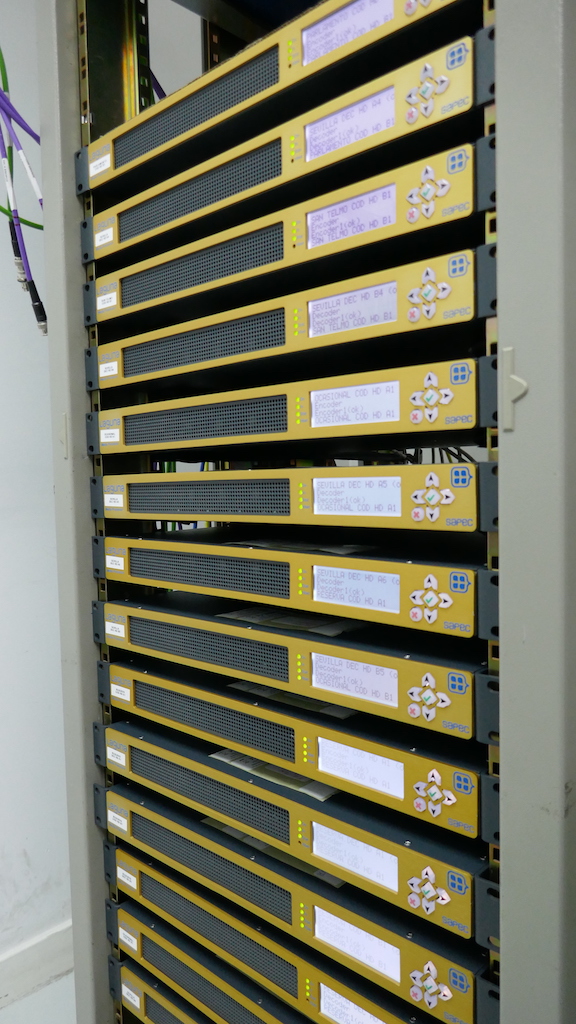 Finally, looking to a future in 4K, 8K, HDR… what are the challenges of tomorrow, and how does Sapec prepare to face them?
Finally, looking to a future in 4K, 8K, HDR… what are the challenges of tomorrow, and how does Sapec prepare to face them?
I would love to have a crystal ball, but what I can do is tell you about the technological changes that this market is undergoing now, some were being announced and the pandemic has accelerated them, as for example remote or distributed production, the change from SDI to IP, etc…
In the short term, I think we need to address a transition to UHD, although there is already a lot of production being generated in UHD, it would be important to create UHD channels. And that these channels already incorporate HDR technologies. I think the next technological change has arrived with the 5G, which is more than having more bitrate, and that it can create new workflows and/or audiovisual media services around it.
At Sapec we have been participating in R&D experiences and projects related to UHD (UHD4U project of the Catrene program) since 2013 where the first transmission of UHD over DTT was made in the WMC together with RTVE, Cellnex and the UPM, among others. And we have dedicated a lot of resources to the Sivac-ONE platform that still has ahead a long journey of evolution.
We also closely follow the evolution of 5G and edge processing, where we believe opportunities may exist.
For all this we have been participating for several years as members of the Advisory Committee of the RTVE-UPM Chair, and we are founding members of the recently created UHD Spain Association.
José María Aguado, a lifetime in Sapec
The oldest professional in Sapec is José María Aguado. He was incorporated to the SAPEC staff in 1981 and ever since has held different responsibilities in the company Now, he is responsible in the Production Department to carefully verified that all equipment manufactured by Sapec complies with a strict testing protocol before leaving the factory.
“I started working at Sapec when I was very young. My first tasks were at the factory with the assembly of the receivers of Piped Music as the Albéniz, Granados… Afterwards I was carrying out Piped Music installations at customer facilities during some time until I returned to the test department where I carried out repairs, verifications, and tests of the equipment. Gradually I took charge of testing the new equipment that we introduced in the market such as the MDA-20, Evva, Sivac… to this day, where I not only test the new equipment we manufacture, but work closely with R&D engineers to verify the new versions before they are put into production,” says Aguado.
“I’ve lived throughout a lot of changes in the company, but they’ve been changes that have allowed us to get to where we are today, and I’m proud to have been able to live them,” he concludes.
Galería
(click on any photo to start the carrousel -scroll left and right by clicking on the arrow-)
Gostou deste artigo?
Subscreva o nosso Alimentação e você não vai perder nada.



